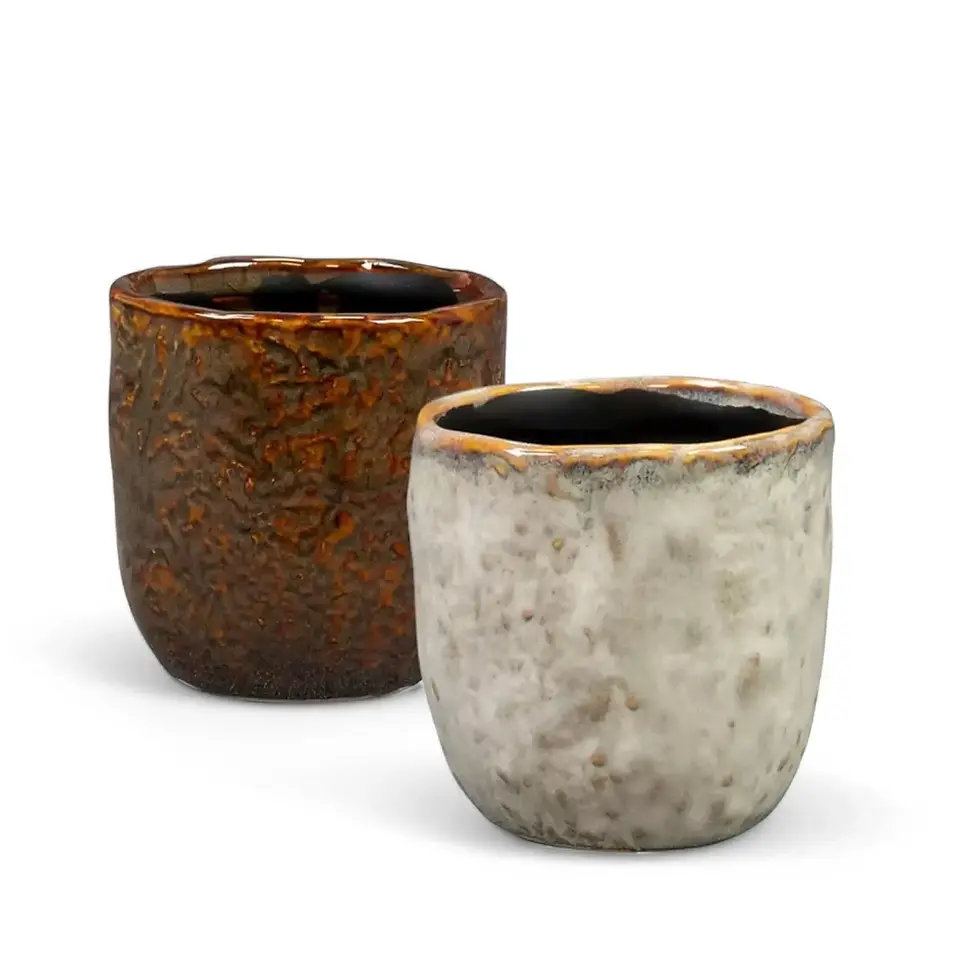Philodendron grandipes - Information and Plant Care
Philodendron grandipes K.Krause stands out as a distinctive plant that brings the lush beauty of tropical forests into your home. This epiphytic or hemiepiphytic species thrives in nature by growing on trees, yet can also flourish in a more controlled indoor setting. Known for its eye-catching foliage and resilience, Philodendron grandipes adapts well to various growing environments, making it a versatile choice for plant enthusiasts of all levels. Whether climbing, cascading, or taking root in soil, this plant brings a touch of the tropics into your space, with relatively simple care needs.
Key Features of Philodendron grandipes
- Leaf Shape and Texture: The heart-shaped (cordate) leaves are dark green with a semi-glossy finish and prominent ribbing, offering a slightly leathery feel that enhances durability.
- Growth Habit: Naturally epiphytic, this plant can grow without soil, thriving as a climber or cascade indoors when provided with support or hanging baskets.
- Adaptability: Suitable for both low and bright, indirect light, making it a flexible choice for various indoor environments.
How to Care for Philodendron grandipes
- Light: Prefers bright, indirect light but can tolerate lower light levels, although growth may slow.
- Watering: Water thoroughly but allow the soil to dry out slightly between waterings to prevent root rot. Ensure the pot has good drainage.
- Humidity: Prefers moderate to high humidity. Consider using a humidifier to mimic its natural tropical habitat.
- Soil: A well-draining mix with coconut coir, perlite, or orchid bark is ideal to replicate its natural growing conditions.
- Fertilizing: Feed monthly with a balanced, water-soluble fertilizer (houseplant food) to promote healthy growth.
- Support: Provide a moss pole or let it cascade for a more dramatic effect.
Common Problems and Solutions
- Yellowing Leaves: Usually caused by overwatering. Allow soil to dry between waterings and ensure proper drainage.
- Pests: Susceptible to spider mites and aphids. Treat with insecticidal soap , neem oil, or use beneficial insects as needed.
- Root Rot: Caused by poor drainage or excessive watering. Use well-draining soil and ensure the pot has drainage holes.
- Drooping Leaves: Often a sign of underwatering or low humidity. Check soil moisture and consider increasing humidity.
Additional Care Tips for Philodendron grandipes
- Philodendron grandipes adapts well to both climbing and trailing displays, making it versatile for different indoor settings.
- Maintaining moderate to high humidity will enhance leaf health and prevent edges from browning.
- Occasional wiping of leaves helps to remove dust and maintain its semi-glossy appearance.
Etymology of Philodendron grandipes
The name Philodendron is derived from Greek words "philo" (love) and "dendron" (tree), referring to its natural tendency to cling to trees. The species name "grandipes" highlights the larger size and prominence of its foliage, reflecting the impressive visual impact of this plant.
Order Philodendron grandipes Today!
Bring the lush beauty of the tropics into your home with Philodendron grandipes. Order now and enjoy this versatile and low-maintenance plant in your collection!
Philodendron grandipes
Philodendron grandipes comes in a ⌀ 15 cm pot and is approximately 50 cm tall.

























































